As Governor Cox announced earlier last month, by March 31, our state COVID-19 response will transition to what we are calling a “steady state.” The Utah Department of Health recognizes the importance of adjusting our response actions and recommendations as we continue to cycle through times of readiness, response, and recovery. Below you will find key changes to our response as we move into “steady state.” These changes will help us move to a more long-term and sustainable response to the pandemic.
We expect there will be times when we need to adjust our response strategies, ramp up our public health response efforts again, or provide specific recommendations to populations and communities based on their risk level. Some elements of the response will transition to being the responsibility of our healthcare systems.
The Utah Transmission Index will be retired by March 31. Communities and individuals should begin using the CDC COVID-19 Community Levels to guide decision making.
Does this mean the pandemic is over?
The pandemic is not over but we are in a new phase. We have safe and effective vaccines, tests, treatments that work, and most Utahns have some immunity from vaccines or past infection. Living with COVID-19 will require us to use all we have learned over the past two years. This means using data and local community context to understand where we are at and putting proven public health strategies in place when they are needed to prevent serious illness and death, stop our hospitals from being overwhelmed, and protect critical infrastructure. Our guidance will continue to change and adapt as we learn more. Our goal is to provide the most current guidance based on science and data, the phases of the pandemic response, and the availability of tools to combat COVID-19.
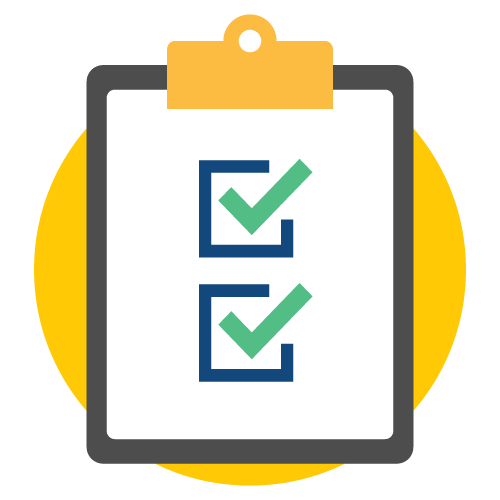
Case investigation and contact tracing
- Most people will only get a text message from Utah public health after they test positive or are exposed to COVID-19 instead of a phone call. Learn why it’s important to respond to this text here.
- The health department will prioritize calling people who test positive or are exposed to COVID-19 and who live or work in settings where the risk of spread is very high, like a long-term care facility or detention center. The health department will also prioritize calling people if they are part of a large outbreak, like at a worksite or school.
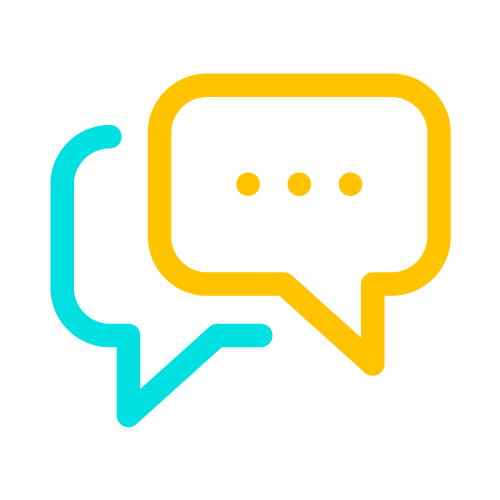

Data and surveillance
- The Utah Department of Health will watch the data closely and monitor trends of COVID-19 in the state and across the world. We will continue tracking wastewater, clinic and ER visits, hospitalizations, and deaths. We’re also keeping an eye on new variants or an increase in cases that strains our healthcare systems and will ramp back up if needed.
- The COVID-19 data dashboard will update weekly, instead of daily, after March 31. These updates will happen on Thursday each week. This is similar to how often data on other respiratory diseases, like flu, are reported.
- People tested and tests reported will be removed from the overview tab and replaced with wastewater and syndromic surveillance data. Testing metrics can still be found on the IBIS-PH query system or the dashboard CSV downloads.
- We will add a new table showing the 7-day trends for case counts, emergency department visits, hospitalizations, ICUs, and percent positivity.
- We will no longer focus on case numbers or percent positivity as more and more people use home tests. We expect only those people who have more significant illness to be tested at clinical sites which report test results to the Utah Department of Health, and therefore, the percent positivity will likely not be a good indicator of COVID-19 spread among the general population.
- We will continue to report COVID-19 deaths accurately, while reducing the burden on our surveillance team and the Office of the Medical Examiner (OME). We will begin linking to death certificates from the Office of Vital Records and Statistics (OVRS) instead of relying solely on death investigations and reviews by the OME. We will continue to use our current case definition of "COVID-19 must be on the death certificate as a primary, underlying, or other cause of death." In preparation for this change, our surveillance team looked at the number of deaths identified by the OME and compared it to the number of deaths that would have been identified if we had only used OVRS records. Over the entire pandemic, only 73 deaths where COVID-19 was listed as the cause of death on the death certificate from OVRS were not also counted as a COVID-19 death by the OME. This represents only 1.6% of all COVID-19 deaths. Additionally, most of these deaths occurred before 2022; only 2 deaths (0.3%) were shown in OVRS records that otherwise would have been removed by the OME. This shows we have robust and accurate death reporting systems in Utah. You can learn more about how COVID-19 deaths are reported here.

Provider claims reimbursements
- Since February 4, 2020, the federal government has allowed healthcare providers to get reimbursed at Medicare rates for testing uninsured individuals for COVID-19, treating uninsured individuals with a COVID-19 diagnosis, and administering COVID-19 vaccines to people who are uninsured or underinsured. On March 17, 2022 it was announced that Congress would no longer provide funding for the programs which allowed these claims reimbursements.
- Testing and treatment claims will no longer be able to be submitted for reimbursement after March 22, 2022.
- Vaccination claims will no longer be able to be submitted for reimbursement after April 5, 2022. However, the CDC requires that all COVID-19 vaccine providers must continue to administer the COVID-19 vaccines at no out-of-pocket costs to individuals.
- These changes mean you may have to pay a fee or your insurance may be billed for COVID-19 testing, treatments, and vaccinations.
- We are working with our healthcare partners and health systems to identify alternative sources of funding and ways to access testing, treatments, and vaccinations for people who do not have insurance.
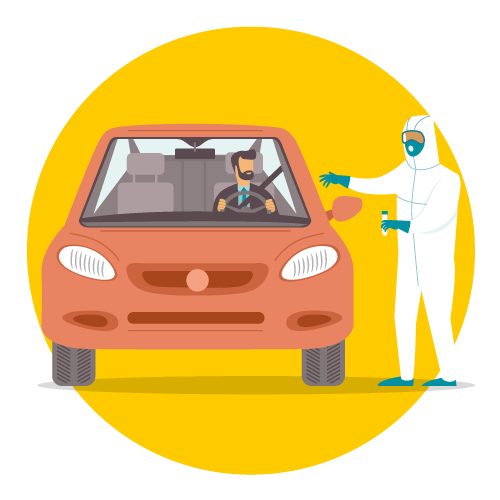
Testing
- State-sponsored (free) COVID-19 testing sites will close after March 31. This includes all Mako Medical, TestUtah, TourHealth, and the travel testing lanes at the Cannon Health building and St. George locations.
- Some state-sponsored testing sites will become self-collection sites instead of drive-thru testing sites. These sites are for people who face health, financial, educational, or housing barriers that make it difficult to get health coverage and basic healthcare services. These sites are not for travelers. Trained staff will be at the site to hand out nasal or saliva PCR test kits and answer any questions you have. You will do the test yourself and give it back to the staff. The test will then be sent to the Utah Public Health Laboratory to be processed.
- The state will no longer provide free travel testing. People seeking COVID-19 travel testing will need to find a testing provider which offers the type of test required by their travel destination. You can find testing providers by searching under "test type" here; contacting your travel agent, airline, or travel destination; or doing an online search. Travelers are responsible for making sure their test will be accepted.
- Costs for travel testing are estimated between $60-$350 depending on the type of test needed and the company offering the test. Insurance may not be accepted for travel testing.
- Some private travel testing options may include: Xpress Check ($75-$250), Walgreens, CVS ($139), and Nomi Health ($59-$179), iHealth ($43), Premier Diagnostics ($50-$125), Quest Diagnostics ($70), COVID Clinic ($75-$320) Gunnison Valley Hospital ($164), and more
- For information on travel requirements, visit the CDC travel webpage.
- Most testing in the state will move to a private business, for-profit model. Testing providers (like TestUtah) may keep some of their testing locations; however, these sites may begin charging for testing. Your insurance may also be billed. Testing providers will decide the types of tests offered, hours and locations, registration processes, and any costs for testing.
- Healthcare systems and pharmacies may also continue to offer testing for patients. Patients will need to access testing through their provider or particular system of care.
- The Utah Department of Health will not provide testing services to private companies or event venues. Businesses and event venues can find information on testing resources here (or Spanish version here).
- We still recommend certain people seek testing, including older people with high-risk conditions, vulnerable populations and those who work with them (like people who live or work in long-term care facilities, homeless centers, or jails), and those who visit vulnerable people. These Utahns should seek testing through their healthcare provider.
- We will keep supplies of test kits on hand in case of a surge and to help provide testing to communities with high health disparities, schools, and other settings and populations which otherwise would not have access to testing.
- To order free at-home tests from the federal government visit covidtests.gov.
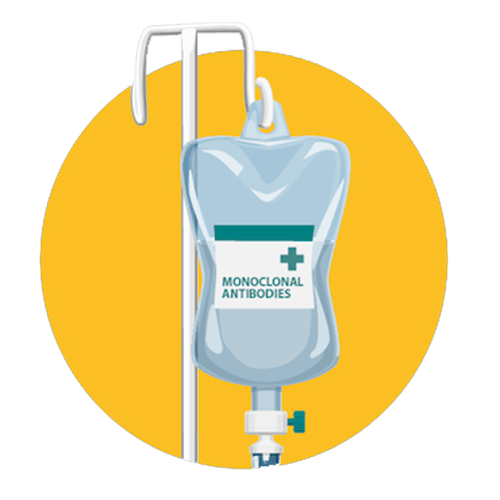
Treatments
- Medicines are available to help you fight a COVID-19 infection including monoclonal antibody (mAb) treatment and antiviral pills. These treatments can help keep you from getting severely ill and needing to be hospitalized, but they must be given as soon as possible after your symptoms start. Getting vaccinated is still the best way to prevent COVID-19. Talk to a doctor about how to get these medicines.
- People whose immune systems are so substantially weakened that they do not develop immunity from the vaccines or those who can’t be vaccinated because of severe allergic reactions are at increased risk for COVID-19. Evusheld is a pre-exposure prophylactic (PReP), which means the medicine can be given to a person before they test positive for COVID-19. Talk to your doctor to see if you qualify for Evusheld.
- You may qualify for these treatments if you’ve tested positive for COVID-19, are at a higher risk for severe illness, and your symptoms recently started. Children younger than 12 can’t get these treatments. Visit coronavirus.utah.gov/treatments or talk to a doctor to see if one of these treatments is right for you.
- The Utah Department of Health infusion site in Millcreek has closed permanently. There are infusion sites, clinics, hospitals, and pharmacies across the state which have these medicines. These treatment providers may charge you a fee or bill your insurance. Talk to your doctor or insurance company before receiving treatment so you know what to expect with costs. Visit coronavirus.utah.gov/treatments or search the Federal COVID-19 therapeutics locator to find treatment providers in Utah.
- Some pharmacies and community health centers in Utah are participating in the “Test to Treat” federal program, including 6 CVS locations. This program will let you get tested, talk to a healthcare provider about COVID-19 treatments, and have a prescription filled in one location.
- CVS, 11385 S 700 E, Sandy, UT 84070
- CVS, 5305 S 1900 W, Roy, UT 84067
- CVS, 4240 Harrison Blvd., Ogden, UT 84403
- CVS, 7777 S Redwood Rd., West Jordan, UT 84084
- CVS, 5557 W 4100 S, West Valley City, UT 84120
- CVS, 5326 W 11000 N, Highland, UT, 84003
- Hurricane Family Pharmacy, 25 N 2000 , Hurricane, UT 84737
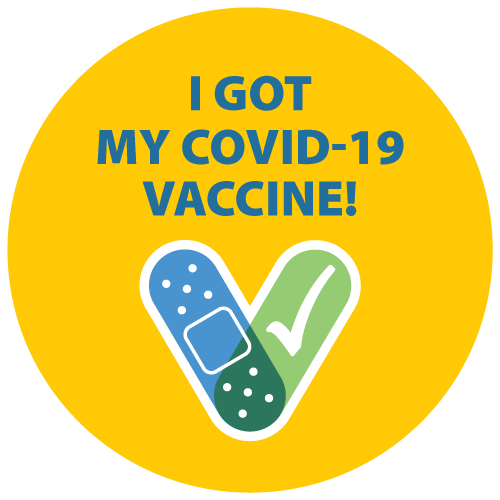
Vaccine
- COVID-19 vaccines are available for everyone ages 5 and older. Data shows the vaccines are safe and effective at preventing severe illness from COVID-19. Vaccines are the safest way to protect yourself and your family. Getting your booster dose is especially important to make sure you have increased protection.
- The Utah Department of Health will close many of the state-sponsored community vaccination sites due to a decrease in demand. However, vaccines can be found at doctor’s offices, pharmacies, and other community locations. Learn more
- 94% of Utahns can find a vaccine provider within 5 miles of their home.
- COVID-19 vaccines are available to everyone at no cost.
- Health insurance is not required to get a COVID-19 vaccine and you should not be charged any out-of-pocket costs.
- Vaccine providers are not allowed to charge you for the vaccines or turn anyone away from getting a COVID-19 vaccine due to lack of health insurance. However, after April 5, 2022, vaccine providers will likely bill your insurance if you have it. This is because of a change at the federal level in the amount of funding available for healthcare provider reimbursement claims.
